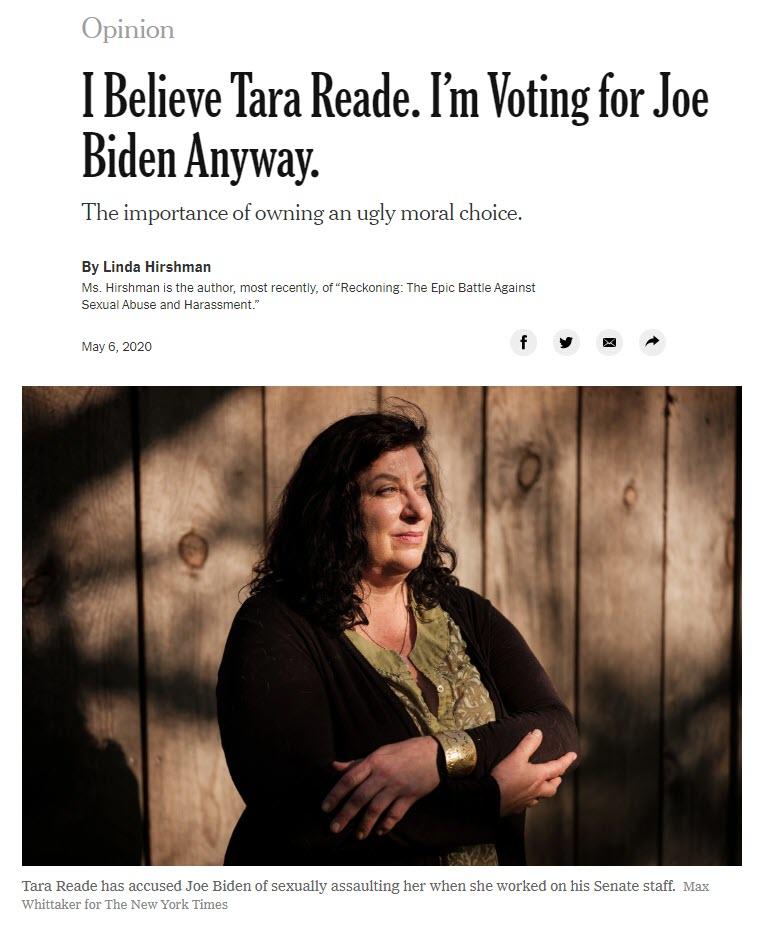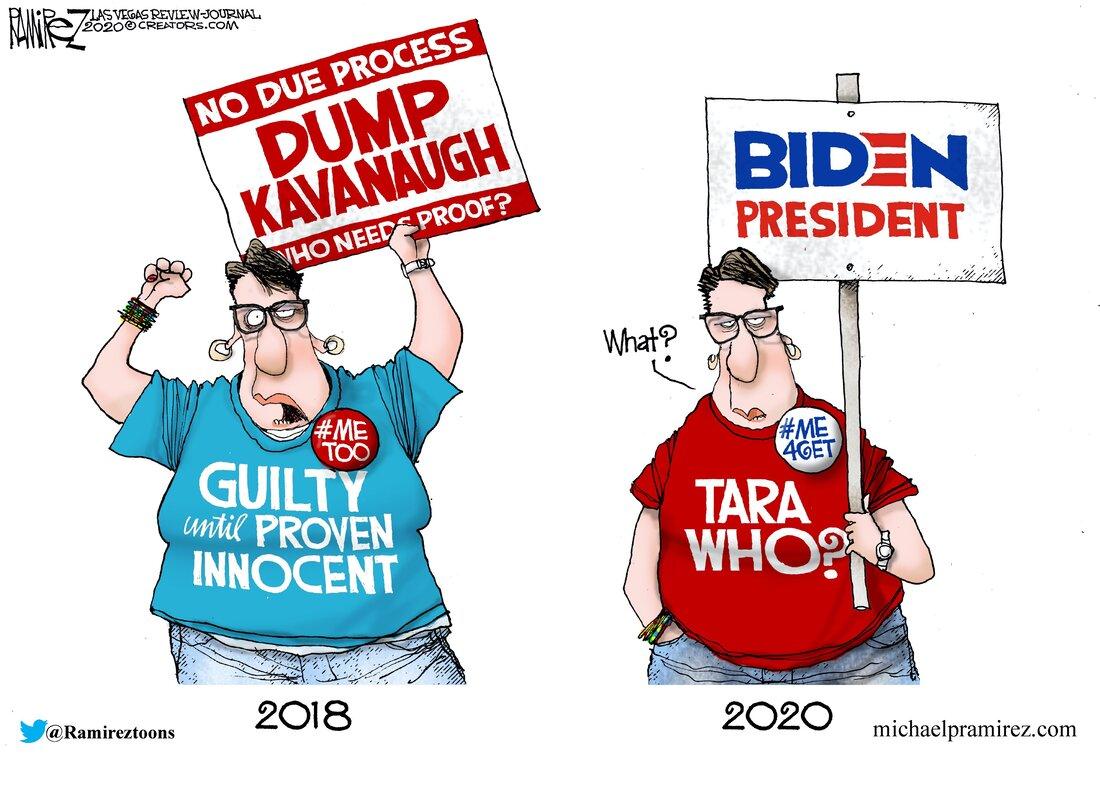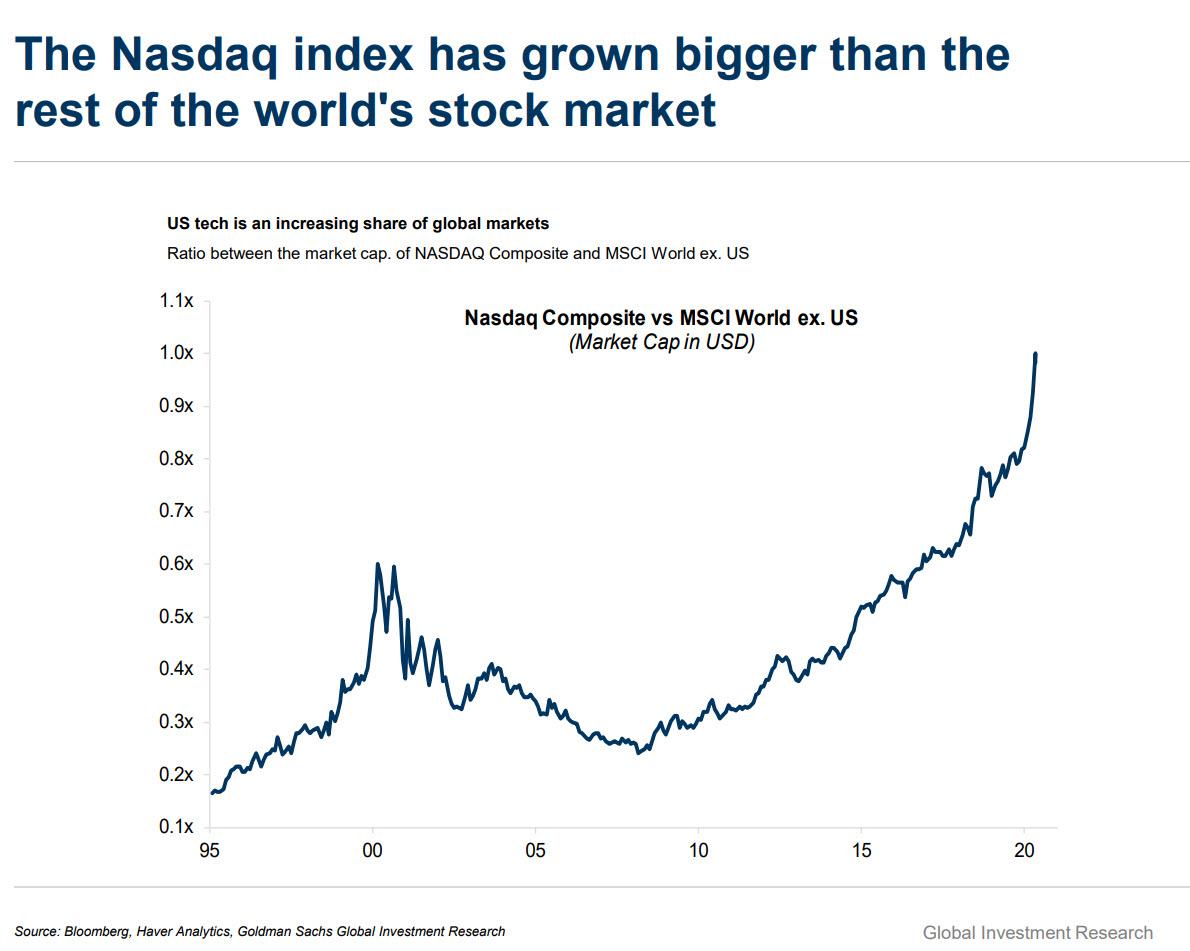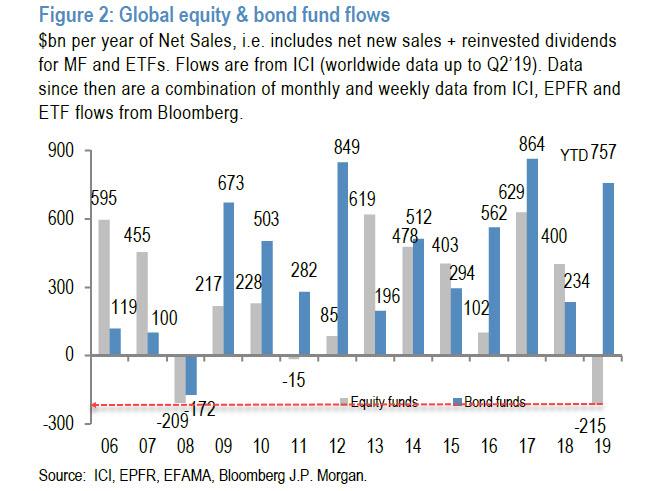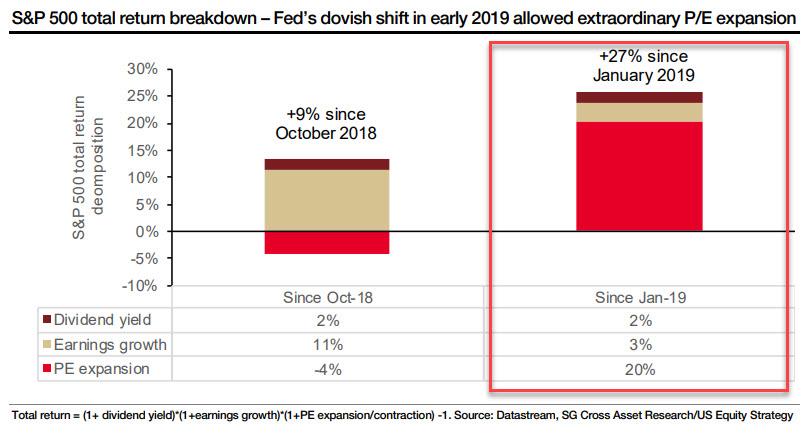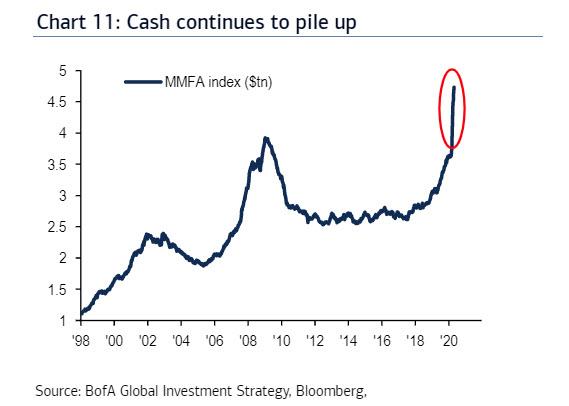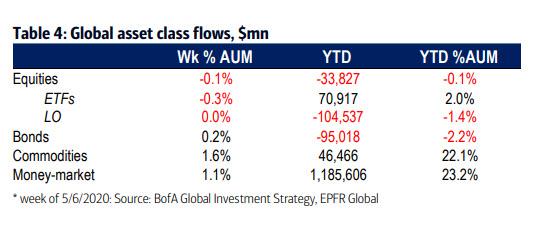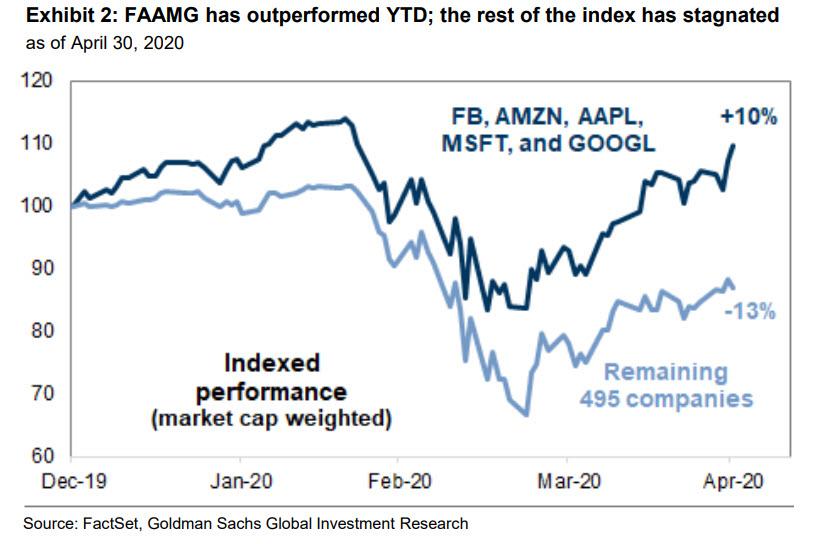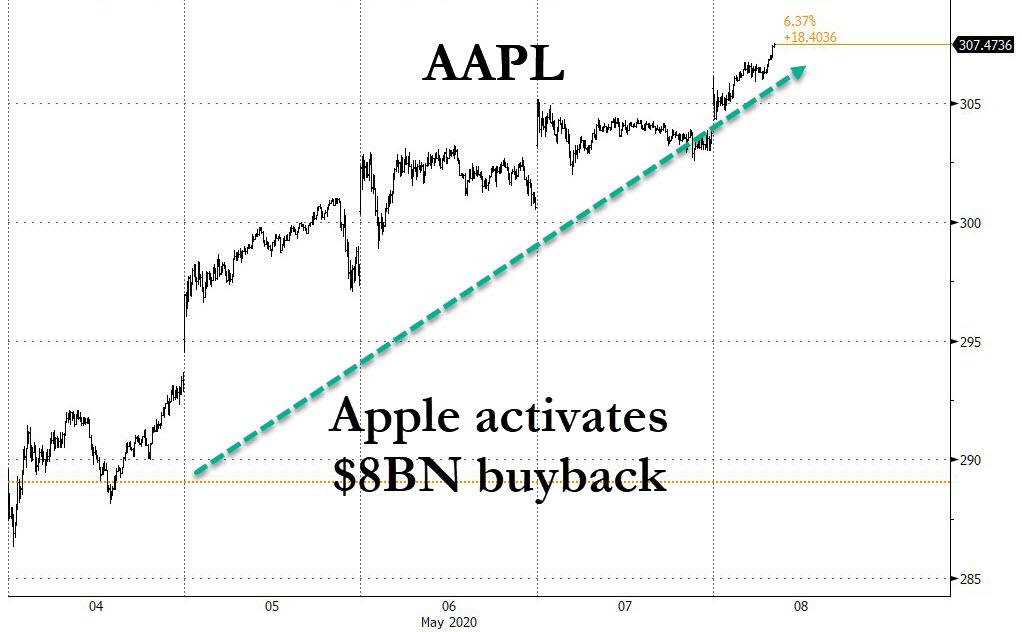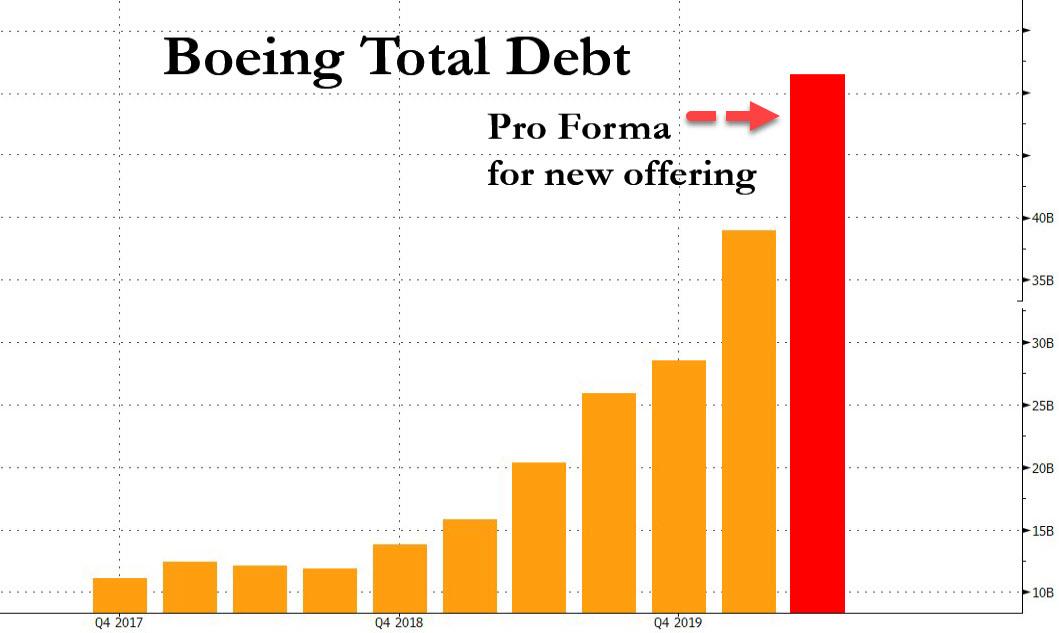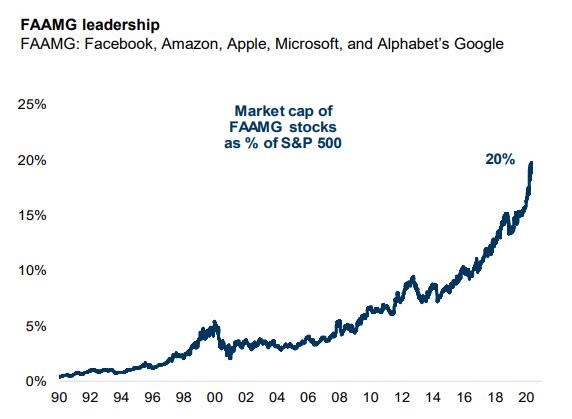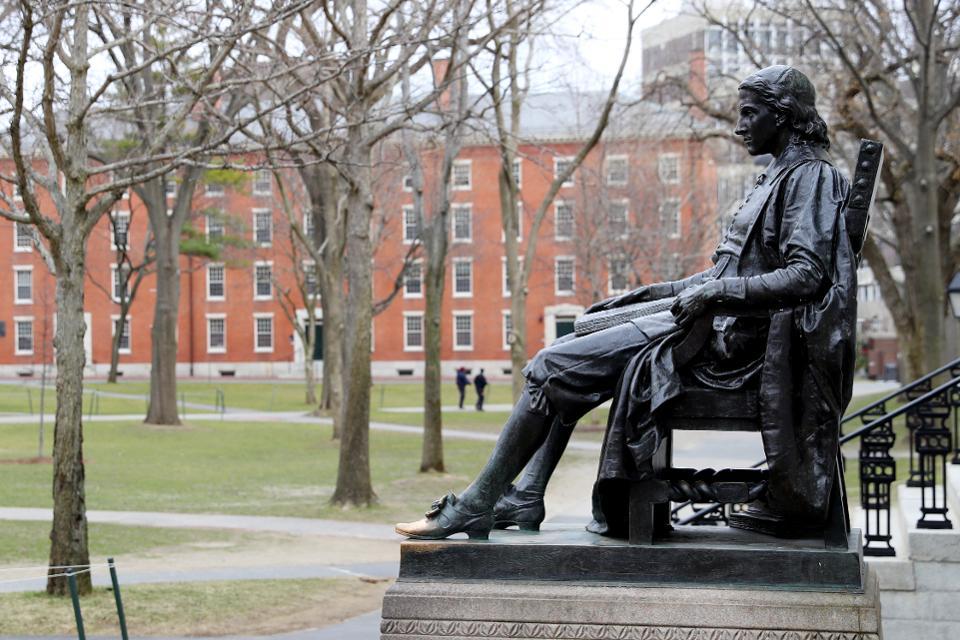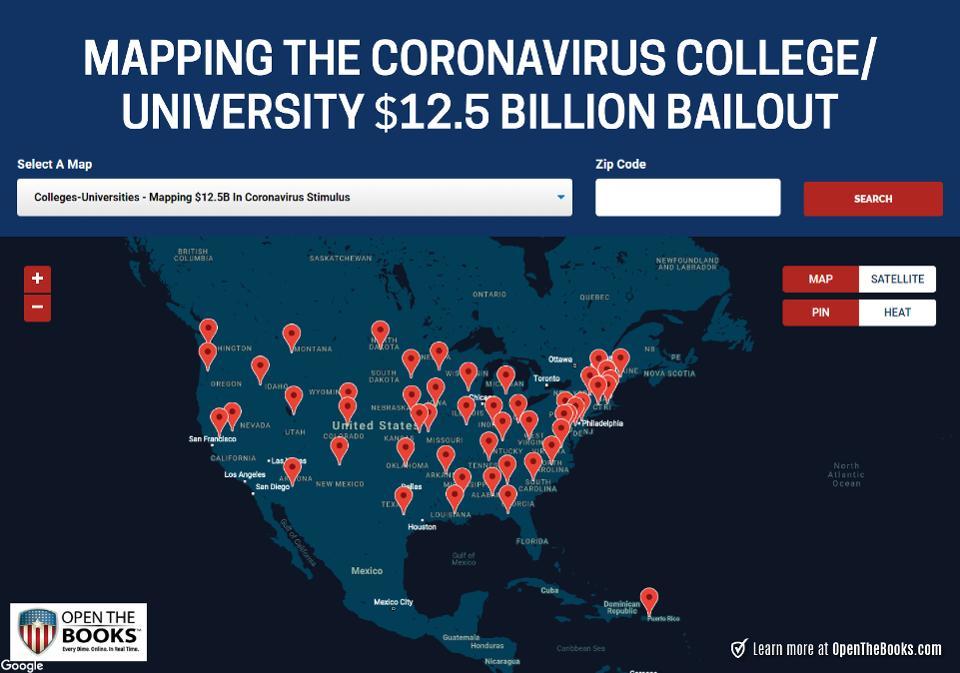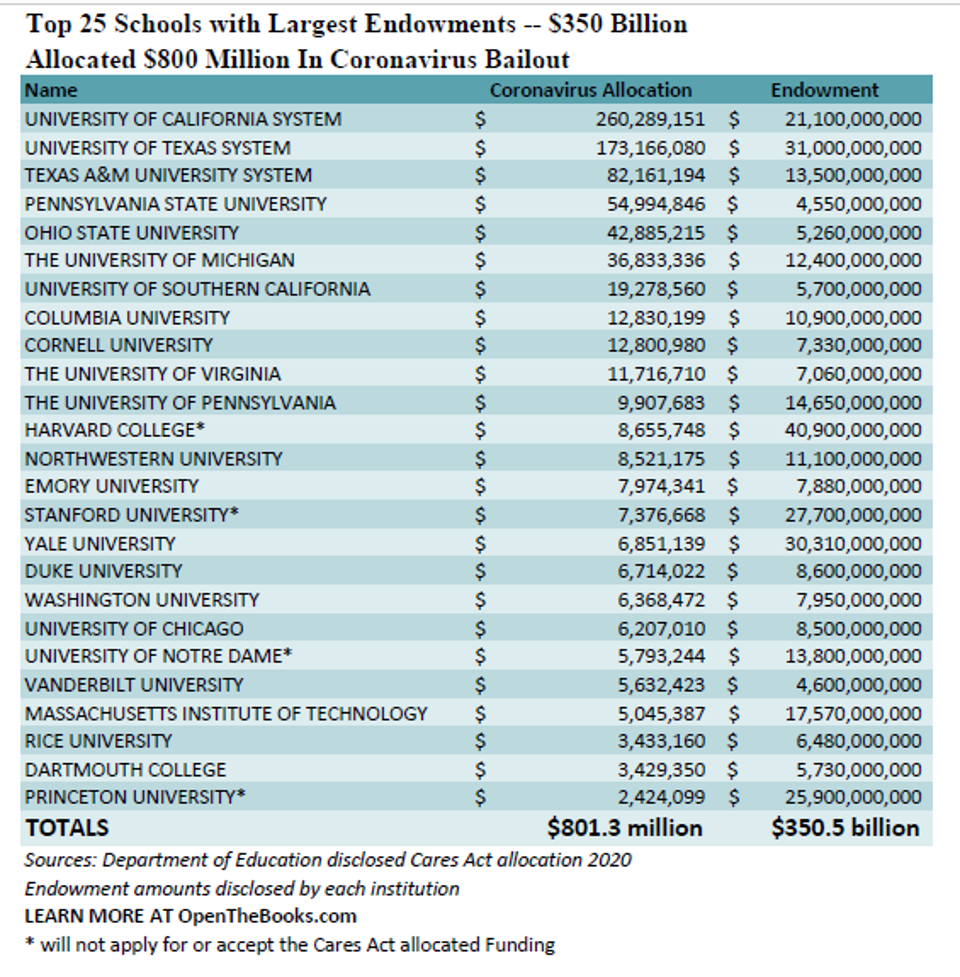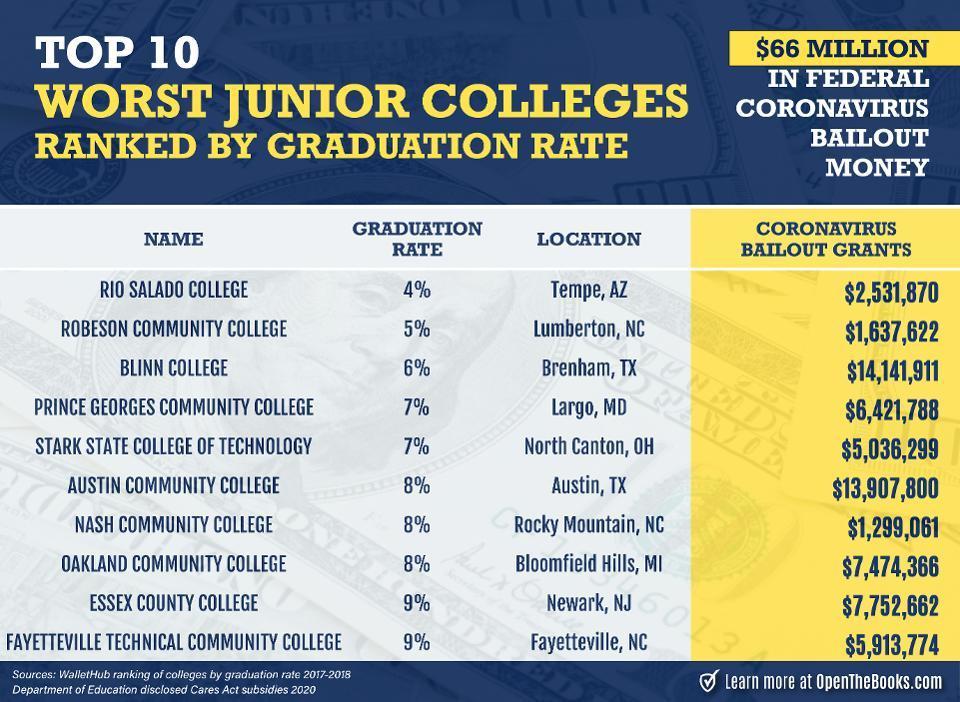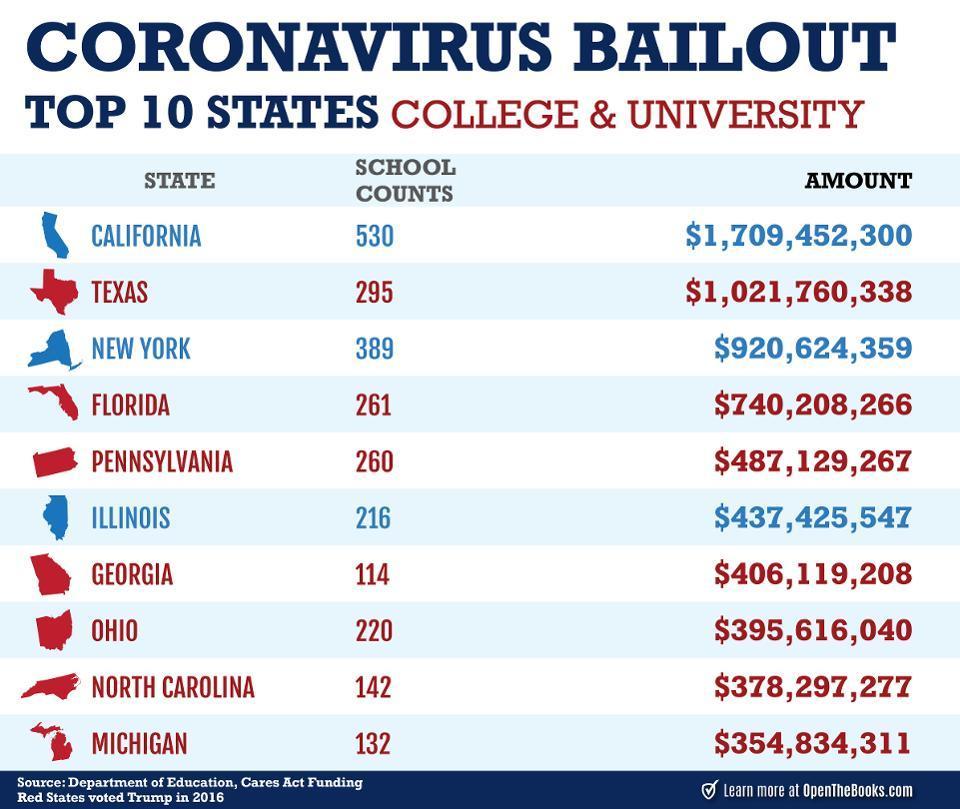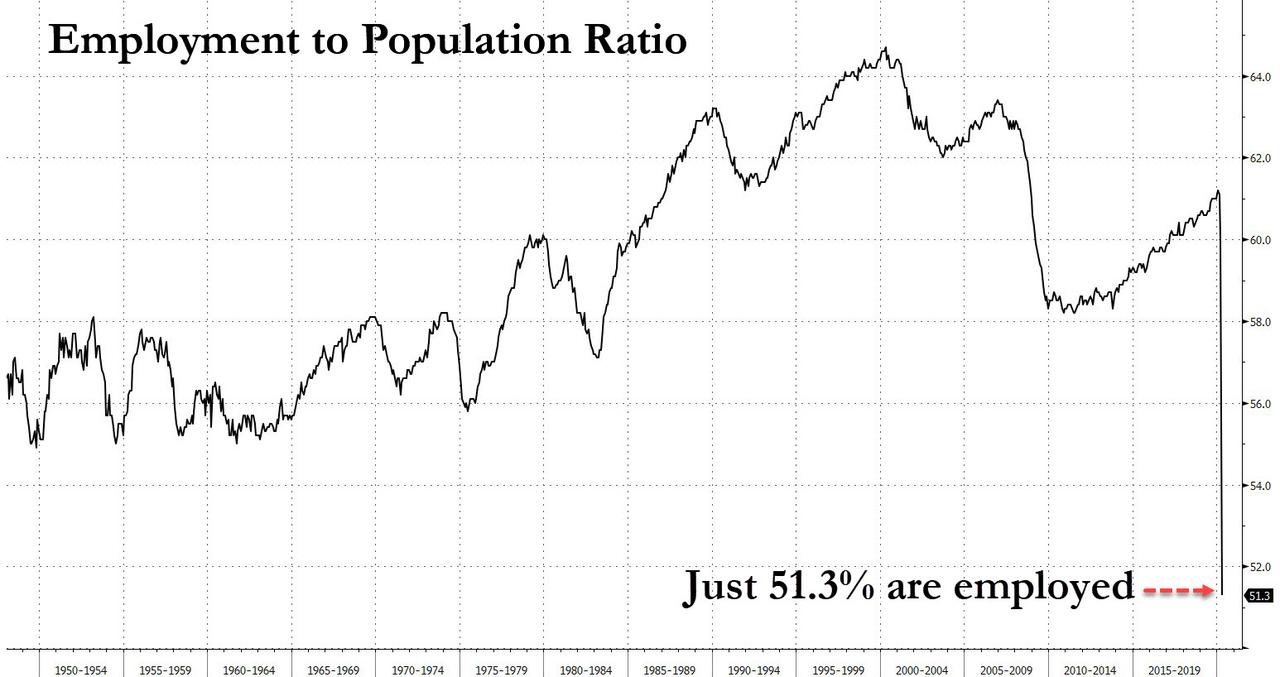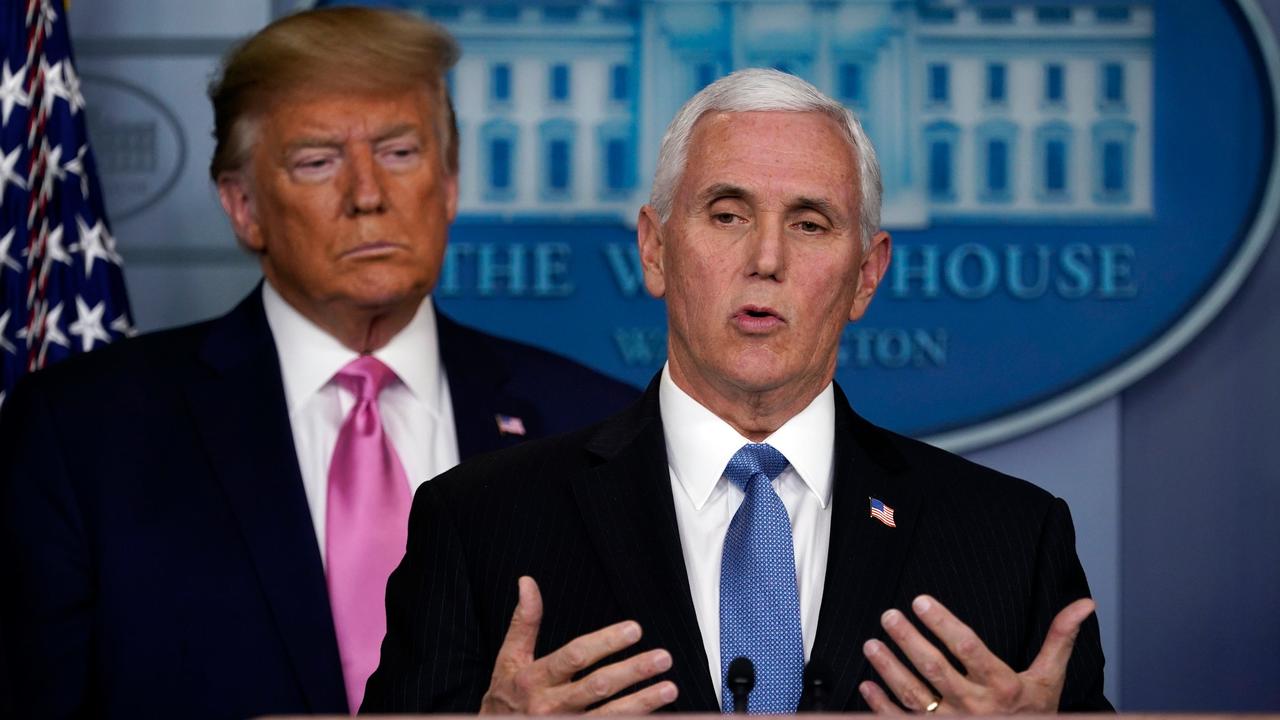At the supermarket last week, amidst too many empty shelves, the manager looked at me through a plexiglass sneeze barrier and groused, “they need to open things up. I’d rather get the sniffles than face an angry mob.”
COVID-19 is more than the “sniffles”—so far, over a quarter-million people have died globally during the pandemic, according to the Johns Hopkins University Coronavirus Resource Center. But it’s also not the only risk human beings face, even if many policymakers seem consumed with it to the exclusion of all else. There are also the economic repercussions of harsh enforcement of lockdown measures to consider. And we should also include in there the danger to life and liberty inherent in mandated shutdown orders that are enforced by police and jails.
To focus on the virus alone to the exclusion of other threats is to court disaster. Well, not just to court it—disaster is here.
For the week ending May 2, another 3.2 million Americans filed unemployment claims, bringing the total number to over 33 million for the seven weeks since pandemic-related lockdowns began. On a similar note, the European Union predicts its economy will contract by 7.5 percent in 2020 because of the pandemic and related lockdown measures. And “the global economy likely shrank an annualized 12.6 percent in first quarter 2020 relative to fourth quarter 2019 and will weaken a further 8.6 percent in the second quarter,” according to the Federal Reserve Bank of Dallas.
If numbers bore you, we can just go with the International Monetary Fund’s pithy description: “worst economic downturn since the Great Depression” because of the pandemic and related lockdowns. Or there’s the United Nations’ equally catchy forecast of “multiple famines of biblical proportions“—not entirely due to the pandemic, but certainly made much worse by the disruptions it has created.
Enforcing lockdowns inflicts a cost on our freedom, too.
“As countries around the world institute extraordinary measures to fight the pandemic, both dictatorships and democracies are curtailing civil liberties on a massive scale,” Florian Bieber of Austria’s University of Graz observed in Foreign Policy.
That has meant opportunistic muzzling of dissent and arrests of critics, as documented by monitors including Amnesty International and Human Rights Watch. But it has also meant moronic enforcement of stay-at-home orders, such as protecting people from infection by beating them (the predictable go-to for many law-enforcers around the world). Less brutal but just as stupid are arrests for playing with family members in public parks, and jailings for hanging out with friends and opening businesses without government permission—heavy-handed moves that increase the danger of transmitting disease through contact with cops and incarceration in crowded cells.
Which is to say, focusing narrowly on the danger of the virus has made billions of human beings poorer than they were before, and less free than they have every right to be. And, as the phrase “multiple famines of biblical proportions” implies, there are add-on costs in terms of human life and welfare to being impoverished and under the boot.
“In some cases, people are dying because of the inappropriate application of measures that have been supposedly put in place to save them,” United Nations High Commissioner for Human Rights Michelle Bachelet concedes.
That’s probably a little more analysis than the local supermarket manager had in mind when he talked about balancing fear of “sniffles” against that of an “angry mob,” but he did a fair job of recognizing that there are tradeoffs in dealing with the pandemic. He knows that his customers are hurting because of the measures taken to battle the virus, that their paychecks are drying up, and that it’s difficult to fully stock shelves because some items are in short supply.
That’s not to say he and I would necessarily agree on the proper balance between the competing dangers. Like I said, I think there’s more to COVID-19 than “sniffles.” But if one of us enforces his judgment on the other with a nightstick, that disagreement becomes a lot more costly than if we’re free to make our own assessments about the proper balance of risks—especially since we don’t know each other’s risk tolerances and abilities to weather one danger relative to another.
Noah Feldman, professor of law at Harvard, frames the ability to conceive of tradeoffs in handling the pandemic in terms of the different ways epidemiologists and economists think.
“Unlike epidemiologists, who identify a biological enemy and try to defeat it without thinking much about the costs, economists live on trade-offs,” he wrote for Bloomberg. “It’s an article of faith for economists that there is no such thing as an absolute value—not even the value of human life. Instead, most economists embrace the hardheaded reality that helping one person often leaves another less well-off.”
If you add a civil libertarian (or perhaps just a jaded defense attorney, who knows that “law enforcement” is synonymous with busted heads) to that mix, you might get an even better-balanced discussion of the tradeoffs in various approaches to dealing with the pandemic. That would make for a much more serious discussion about the danger of a new, deadly, and highly contagious virus, balanced with the risk of poverty and despair from shutting down societies in order to battle that virus, and considering the peril inherent in turning the world into a vast prison in order to enforce a shutdown.
Maybe that’s a discussion we could have soon. Because the tradeoffs among considerations of health, prosperity, and liberty are catching up with us even if we don’t want to acknowledge them.
from Latest – Reason.com https://ift.tt/3dxoTxj
via IFTTT
